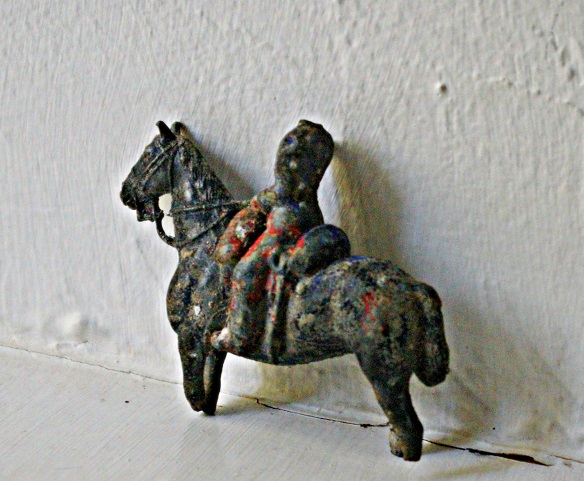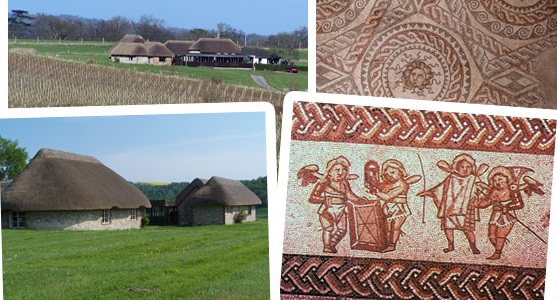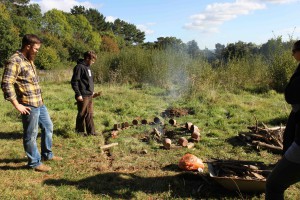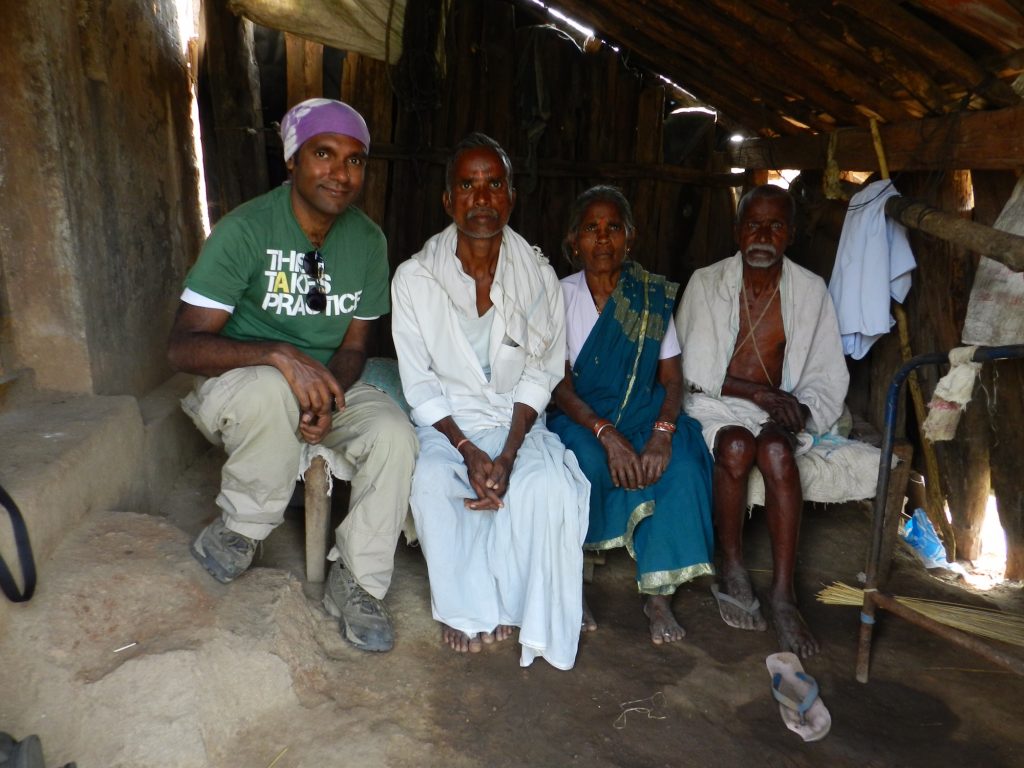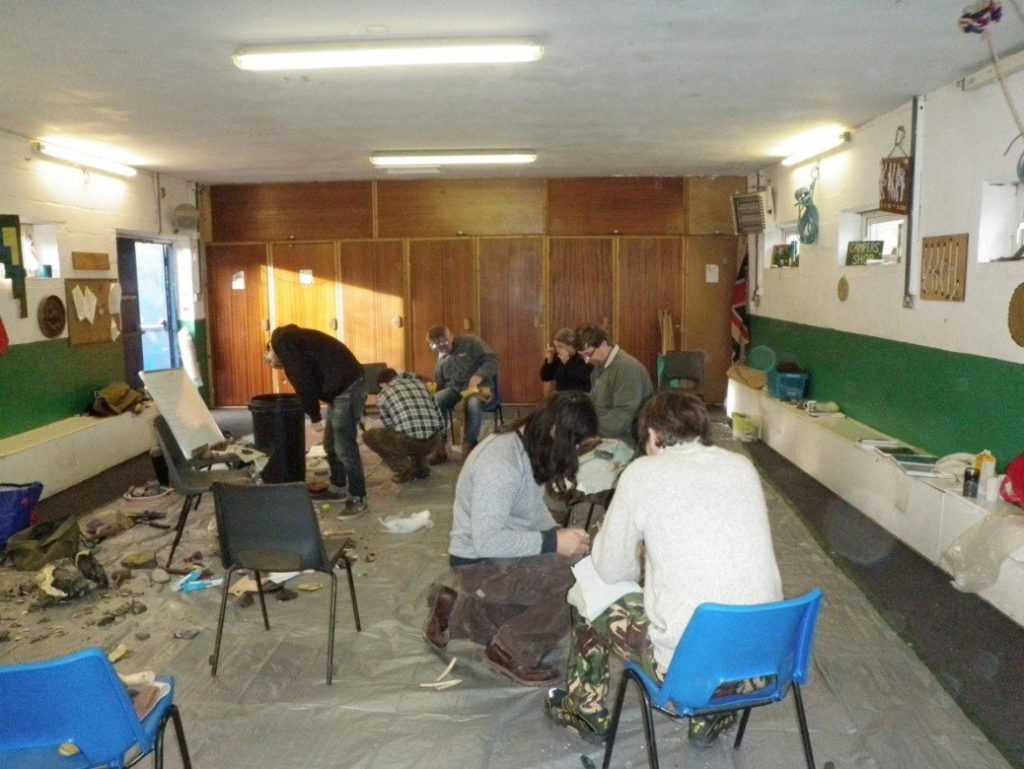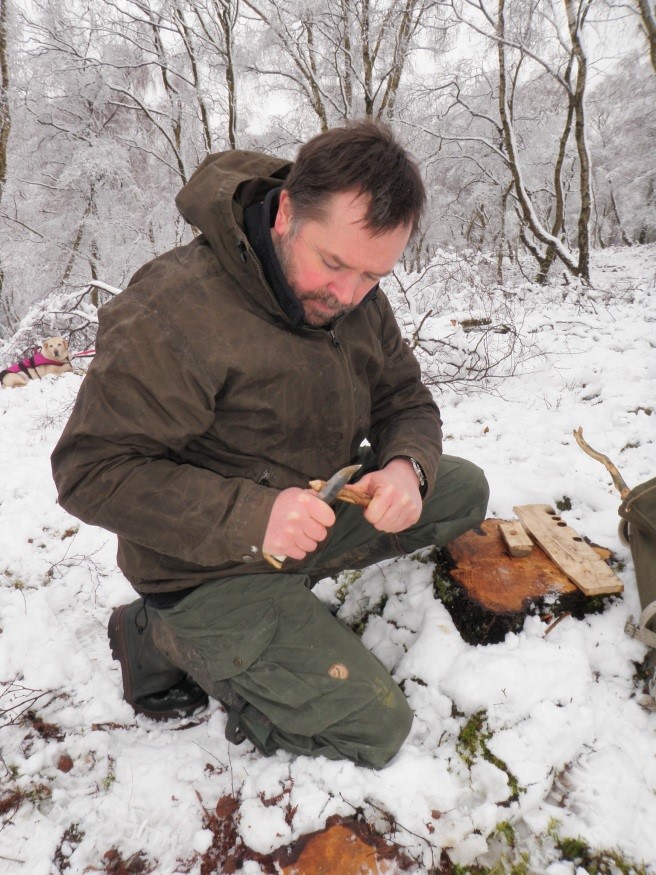How can we help archaeologists to increase and improve communication with the public? That was the question Emily Wapshott, Belinda Tibbetts and I were left with after a discussion of a paper we presented with our anthropologist friend Veronica Buffon, entitled “Gender and Commodification of the Past: The (mis-)representations of Viking women in cultural production.” We were in Glasgow, it was September, and we had just rounded off a final session at the European Association of Archaeologists (EAA) annual conference. The session was Conditioned Pasts: On the sociopolitical dimensions of current archaeologies. I mention this because the session was one where societal influences on archaeology where discussed in various forms. Suffice it to say that we did not expect the eruptive discussion that ended the session overtime, only really concentrating on our paper. At the end of it, we were all kindly asked to leave by security, who wanted to close up shop.
But let us start with the paper. Why was it causing so much stir? We presented an analysis of current fiction films about Vikings. In the presentation, we showed how Viking Age women are presented as sexy, bikini-clad, exceptional, caricatures of what we must expect a real Viking age woman to have been like. The women presented in the films hardly ever seemed to live through a normal everyday life. Yet of course, the Vikings had mostly that, farming and trading, building and eating, and yes, they used latrines, too. Even women must have done so. Still, we showed that the caricaturist sex-symbol representation did not really change between the 1920’s and 2000’s. Due to this total misrepresentation of the female role in the Viking Age, which frankly, we find an unhealthy ideal considering that archaeology is active in building identity, we suggested that archaeologists start talking to the public more. We suggested that we can prevent such commodification of women and other social roles to take place, by communicating better with the general audience, and that we specifically do not shy away from tackling Hollywood and other producers of popular fiction. Either we should never have said that, or we should say it even more often (we of course lean towards the second alternative). The discussion was loud, active, accusatory — and engaging. We were so pleased when we walked out of that auditorium, and possibly a bit stunned. How could a group of archaeologists who were there to listen to papers on the dynamics between current society and archaeology, react like this?
That night we started discussing how we could do something in relation to the neglect and unwillingness we see amongst archaeologists when it comes to talking to the public. (For the sake of definition: when we say ‘public’, we mean non-archaeologists.) The three of us have a variety of opinions on why we should do so, ranging from getting the actual research out there and ‘correct’ unhealthy misunderstandings like in the case of Viking Age women, to purely ethical considerations. Common between us was the aim to actually make something happen! All that night we kept revisiting the idea and the next morning we started our initiative with a formal “yay” and a name: ArchaeologistsEngage. We wanted archaeologists to engage, and we wanted our name to reflect what we want.
The next few days we kept throwing out ideas in a massive brainstorm, all the while starting work on our website. The concept went from being a simple petition to all archaeologists to being an interest organisation for all archaeologists who want to do more for public outreach. We worked on mission statements, regulations, organisational structure, web design, texts, blog posts and pictures all at the same time. Phew, that was an intense month! But exactly a month post-formal-yay we launched our website (archaeologists-engage.org) and our petition. We cut a ribbon in front of a projected image of the website at a postgrad seminar in Exeter, UK, and so it began. And it never stops. There is more to this story, and you can read the iteration of our first few months in the next segment. Until then, go out there and engage! Talk to someone, don’t frown or sigh, and feel free to ring up Hollywood, we will not hold it against you!
Tine Schenck is a Norwegian experimental archaeologist and an archaeo-sociologist.

